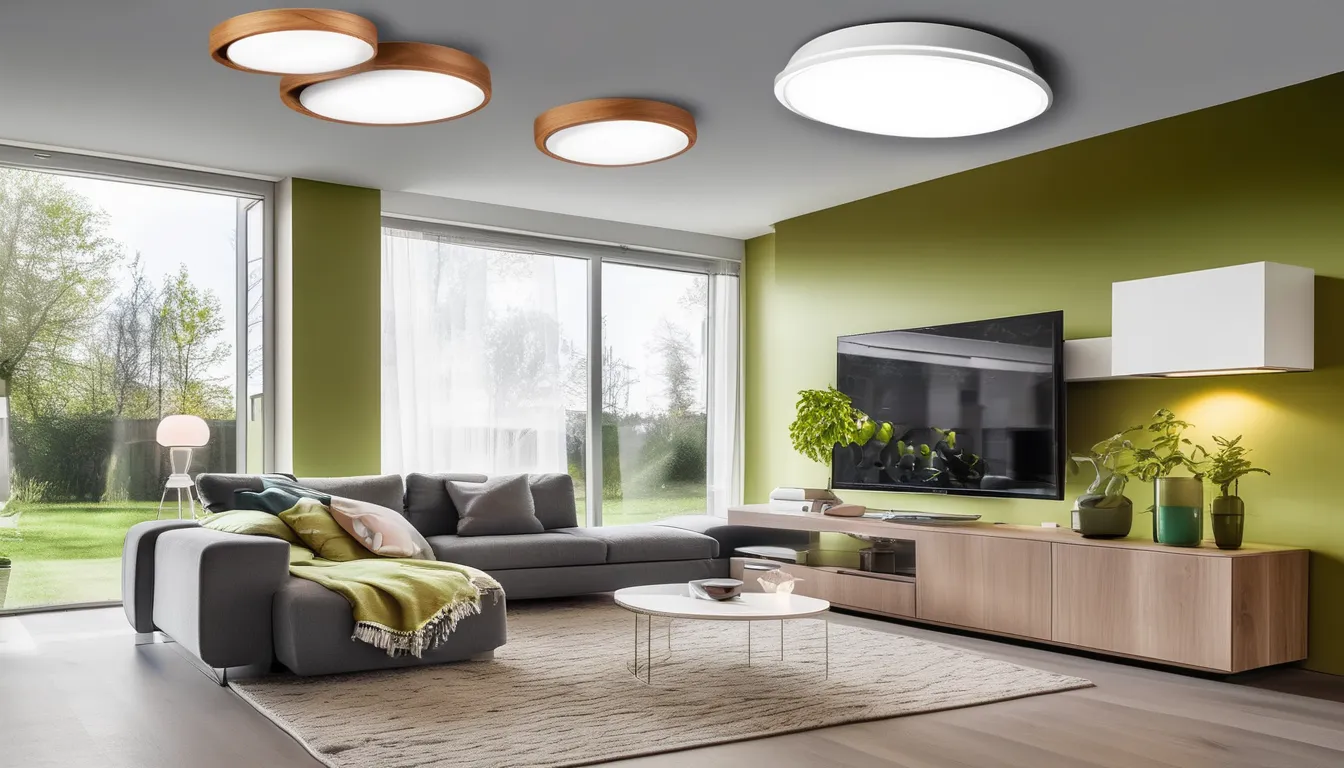When it comes to home or workplace electrical systems, you expect them to function safely and efficiently. However, a critical component that often goes unnoticed is the humble light switch. You likely use them dozens of times a day, but have you ever stopped to think about the potential risks associated with low-quality switches? Choosing the wrong switch can lead to serious consequences, and it’s essential to consider key factors to ensure electrical safety. But what exactly makes a quality light switch, and how can you make the right choice for your needs?
Types of Light Switches
What type of light switch is right for you. When choosing a light switch, you’ll need to consider the type of lighting you have and the level of control you need.
Single-pole light switches are the most common type and control one light fixture from one location. Three-way switches, on the other hand, allow you to control one light fixture from two locations, while four-way switches control one light fixture from three or more locations.
Dimmer switches give you more control over the lighting level, but they require special bulbs. Timers and smart switches offer more advanced features like scheduling and remote control.
You’ll also need to decide on the type of switch plate you want, such as a toggle, rocker, or touch switch.
When selecting a light switch, consider the style and design of your home.
Some light switches are designed to be more decorative, while others are more functional. You’ll also want to consider the durability and lifespan of the switch.
Look for switches made from high-quality materials that can withstand heavy use.
Electrical Safety Regulations
Most electrical safety regulations require light switches to meet specific standards Kronleuchter dimmbar safe operation and installation. You’ll need to ensure that the light switches you choose comply with these regulations to avoid any potential risks.
In the United States, for example, the National Electric Code (NEC) sets the standards for electrical safety.
When it comes to light switches, the NEC has specific requirements that must be met. Here are some key regulations to consider:
- Grounding and bonding: Light switches must be properly grounded and bonded to prevent electrical shock.
- Arc fault protection: Many codes require light switches to have arc fault protection, which helps prevent electrical fires.
- Temperature ratings: Light switches must be designed to operate within a specific temperature range to prevent overheating.
- Testing and certification: Light switches must be tested and certified by a recognized testing laboratory to ensure compliance with safety standards.
Risks of Low-Quality Switches
Failing to meet electrical safety regulations can put people and property at risk. When you use low-quality light switches, you’re more likely to experience electrical shocks, short circuits, or even fires.
These risks aren’t just theoretical; they can happen to you and your loved ones if you don’t prioritize electrical safety.
Low-quality switches often have poor insulation, inadequate heat dissipation, or weak contacts.
These design flaws can lead to electrical overheating, arcing, or sparking. If you’re unlucky, these issues can ignite nearby flammable materials, causing a fire that can damage your property and put people’s lives at risk.
You might also experience electrical shocks or electrocution if you touch a faulty switch or a metal object connected to it.
Low-quality switches can also cause electrical surges or power outages, which can damage your appliances, electronics, or other electrical equipment.
Choosing the Right Switch
When it comes to selecting a light switch, you’re essentially choosing a crucial component of your home’s electrical system.
This decision can have a significant impact on your safety, the performance of your home’s lighting, and even your energy efficiency.
To ensure you choose the right switch, consider the following factors:
- Switch type: Decide between a single-pole, three-way, or dimmer switch, depending on your specific needs.
- Switch rating: Ensure the switch is rated for the wattage and voltage of your lighting fixtures.
- Material and build: Opt for a switch made from high-quality, durable materials that can withstand heavy use.
- Certifications: Look for switches that meet safety standards, such as those set by UL (Underwriters Laboratories) or ETL (Intertek).
Installation and Maintenance
Installing and maintaining your light switches is a critical aspect of ensuring your home’s electrical system operates safely and efficiently.
When it comes to installation, it’s essential you follow the manufacturer’s instructions and take necessary safety precautions.
Turn off the power at the main electrical panel before starting work, and use a voltage tester to confirm there’s no electricity present.
Ensure the switch is securely mounted to the wall and all connections are tight.
Regular maintenance is also crucial to prevent issues and extend the lifespan of your light switches.
Check your switches for signs of wear and tear, such as flickering, overheating, or cracked plates.
Clean the switches with a soft cloth and dry them thoroughly to prevent moisture buildup.
Replace any damaged or faulty switches promptly, and consider hiring a licensed electrician if you’re unsure about the process.
Conclusion
You’ve learned the importance of quality light switches in maintaining electrical safety. By considering factors like switch type, rating, material, and certifications, you can prevent electrical shocks, fires, and power outages. Don’t compromise on safety – choose a reliable switch that meets electrical safety regulations. Proper installation and maintenance are also crucial. Prioritize quality and safety to ensure a secure and reliable electrical system in your home or workplace.

